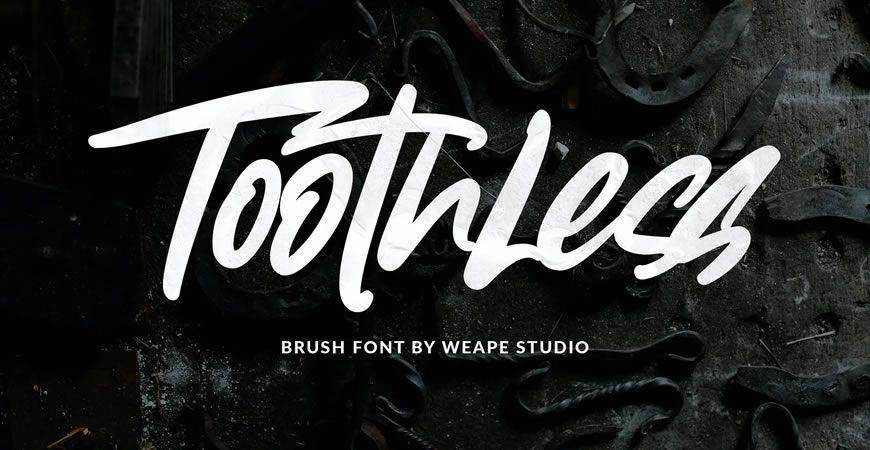

I did not do anything special to accomplish that.

Notice how Lettuce (in the trendy example above) uses two different t characters. If it has ligatures included (letter combinations), it will insert those for you. How I choose which characters to use when I have multiple choices for eachįirst off all, sometimes the typeface will choose characters for you based on what you’re typing. Put your cursor where you want the character and double-click the character you want in the glyphs palette. Boom - alt character! In InDesign, go to the Type menu and scroll down to Glyphs to bring up the glyphs palette. In Illustrator, choose the script font you want to use in the font character palette, then open the glyphs palette (under the type menu at the top of the screen), click the T text tool in the toolbox, click on your document and double click the character in the glyphs palette that you want to type. OK, this is important stuff - pay attention! Since your keyboard doesn’t have 500+ keys, you need to use the Glyphs palette to show you which characters you have available.
#FONT NATASYA FONT + EXTRA HOW TO#
How to find all those alternate characters Keep reading for how to track down the alternate characters for maximum style and legibility. Second, spend some time exploring the alternate characters so that you can make your final project attractive AND legible. First of all, try to find one that is easy to read quickly. If you’re thinking of designing a logo with one of these trendy scripts, be very careful (BVC). Honestly, they can be very hard to read quickly, and if you’re trying to communicate, you want to do it quickly and clearly. Some of them are well-done and attractive, but many look like they were cranked out en masse so they all look very similar. Warning: I’ve been setting type for 25+ years and these trendy handwritten faces give me pause.

At the end of this post I’ll show you where to find them so you can make your script typesetting unique and professional. However, some script typefaces have several options for a lower-case a, b, c. Some of these fonts are fairly predictable meaning that when you type character on the keyboard you get the one option for that key (typing a lower-case “a” gives you the one lower-case a in that face. Here, I’ve pulled together a little of everything so if you’re trying to build a toolbox of script typefaces, these should cover 95% of the uses you have for scripts. If you’re interested in serif, sans serif and dingbat fonts, please see my similar posts on those. In this post, we’ll look at the trendy ones, the casual ones, the classic ones and the nouveau vintage ones (I think I just invented that term for a typeface that looks like it could be old, but it’s really not). There are many other types of scripts out there. The world of script fonts seems to exploding as fast as Bitcoin (at least as I write this in late 2017)! Most of the explosion is coming from the handwritten and calligraphic category.


 0 kommentar(er)
0 kommentar(er)
